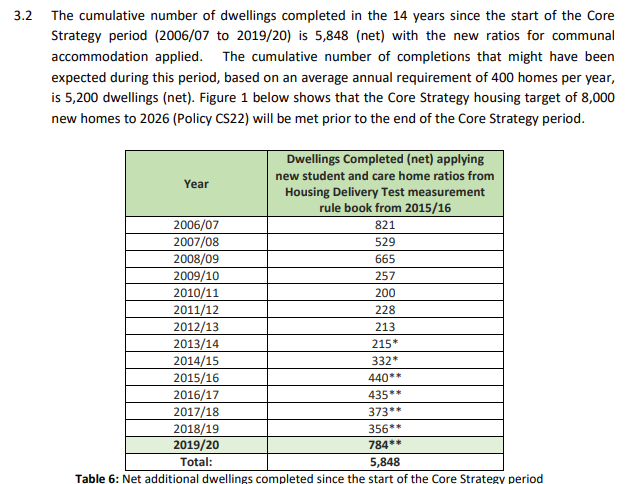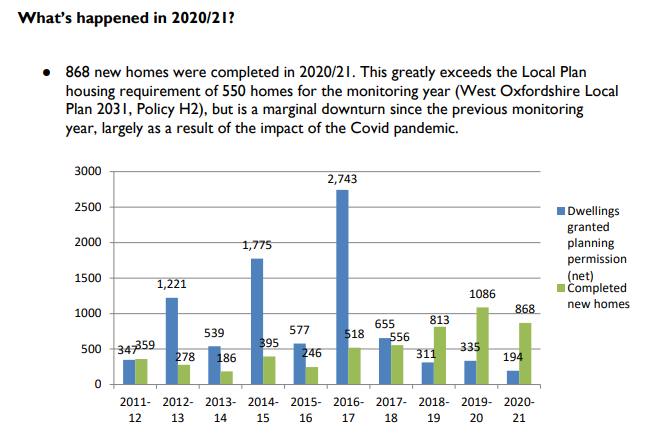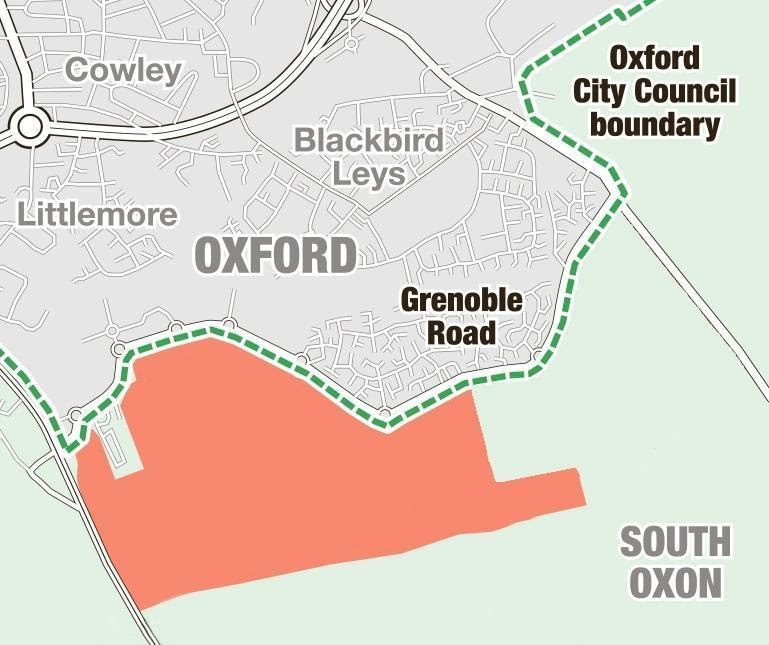On the evening of 25 Jan 23, Stephen Parkinson (Chair of Friends of Raleigh Park) and I (your local councillor) addressed the Vale Planning Committee about our concerns regarding the site at the top of Yarnells Hill, whose owners wanted to build 3 new dwellings.
At committee meetings, we only get 3 minutes to express ourselves, so I usually write to them ahead of time. This was no different. Here’s what my letter said.
Officers remind us that the NPPF says decisions must be made in accordance with the Development Plan, unless material considerations indicate otherwise. I contend that the high risk of irrevocable damage to the irreplaceable habitat adjoining the site is just such material consideration; the NPPF says irreplaceable sites like this must be safeguarded.
Vale is not in a situation where these three luxury homes are needed. We have currently over a 6 year supply of housing land. So our strategy for providing housing is working, and these extra windfall houses are not necessary to provide the housing numbers we have committed to.
The proposed mitigation must be monitored. Even if monitoring works and notes a failure of the mitigation, it will be after the fact and the harm will already be done. This is the nature of anything that requires monitoring to succeed.
Vale’s Countryside officer doesn’t support the application. Oxford City does not support this application.
This application has been set to come to committee three times. Each time, local people and concerned ecological professionals trying to preserve Raleigh Park’s ancient fen launch into action, presenting hard evidence to committee members to urge you to vote to refuse this development. For whatever reasons, planners have removed this application from the agenda at the last minute three times. Once it was to gain ‘independent’ paid consultants’ opinion regarding the ecological risk – this was when they hired a company, Aspect Ecology, to help them out (the same company that also provided evidence to government in support of HS2). Once it was during the planning meeting itself, when it was clear the agenda could not be completed (I don’t think officers included this instance in their report). Once, most recently, was when it was recognised that there had been a problem with consultation procedures. Each time, so many people’s hard work had gone into preparing arguments about why this application should be refused. Each time, the officers took away that evidence to bring back more arguments why this development should be allowed. Why is that? Is this council a culture where we are unable to revisit decisions in light of new evidence and come to a different conclusion? A large handful of ecological experts have all pointed out in detail what can go wrong, how the fen is endangered. It’s our duty to safeguard the irreplaceable habitat.
Please read Dr Parkinson’s assessment of the mitigations. He provides a summary of what several other ecologists have determined.
Over the years that I’ve been trying to protect the wildlife and natural resources up in this corner of Botley, we’ve seen about a dozen million pound homes built in this area, one site was turned from a single family home into multiple flats (Little Dene), and the whole of the development by Bovis of 136 homes went ahead. Badgers have been forced out of their habitats. Most recently a site just opposite was approved for two new huge houses. (That site is interesting; the decision to grant permission came early, in spite of officers telling me it was being considered alongside this one, due to the similarity in ecological concerns. It also adjoins Raleigh Park, but it is brownfield where the current site is green field.) Local wildlife now have only this small corner of Yarnells Hill available for foraging and shelter, adjacent to Green Belt, adjacent to an irreplaceable habitat in Raleigh Park.
But the main this is that this is a planning decision to be taken “on balance”. Does the benefit outweigh the risk of harm? A windfall of 3 houses vs damage to an irreplaceable habitat that it is our duty to protect. How can we rely on a planning condition that requires enforcement to protect what’s irreplaceable?
You can see the meeting and hear what everyone said on YouTube: https://www.youtube.com/watch?v=pkA4ZiPfIoA
Planning Committee voted unanimously to refuse the application. I’m very grateful to everyone who helped in this effort.








